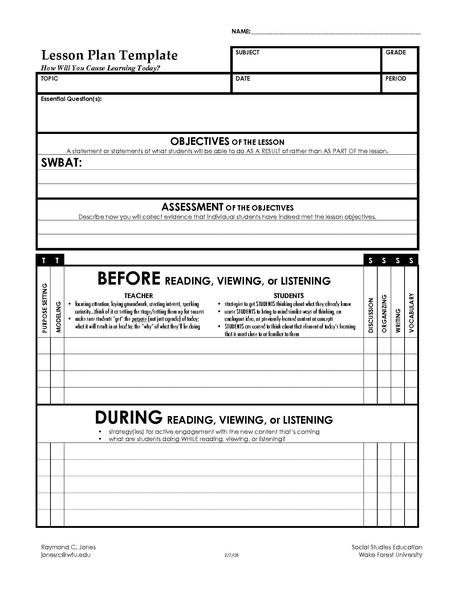In my most recent lesson planning, I decided to build a unit for RI.5.7,
and I’ve been thinking about formative assessments.
In case you don’t know the difference, the Eberly Center website (n.d.)
says “the goal of formative
assessment is to monitor
student learning to
provide ongoing feedback that can be used by instructors to improve their
teaching and by students to improve their learning,” in contrast, “the goal of summative
assessment is to evaluate
student learning at
the end of an instructional unit by comparing it against some standard or
benchmark.”
The objective:
At the completion of day 4 of this 5 day unit, 90-95% of students will be
able to examine print and digital resources for 10 minutes and use in order to
quickly locate answers with 80% accuracy.
This will be a short reminder of how to skim
and scan for information. Then students will be given two articles on the same
subject. Then I will follow up with a graduated release of responsibility close
read using the I do, We do, You do method and ending in a completed group scavenger
hunt worksheet. There are many ways I can assess this, but since I’m really
looking at the formative, I wanted to talk about a few assessments I’m
considering as part of this lesson plan.
1-
Think-Pair-Share– West
Virginia website (n.d.) says the “Think-Pair-Share is a summarization strategy
that can be used in any content area.” I will discuss with the students what
they know and what we’ve previously learned about the three techniques used in
this particular lesson; close read, skimming, and scanning. They will then pair
and share what they think. We will then repeat for the branches of government.
2-
The close read. – In close
reading students look closely at the text and notice how the article has been
segmented and draw connections between the texts (Greenstein, n.d.). I can
watch students as they close read to see if they are highlighting the important
information in the text. I feel that this small step alone can make or break a
student’s ability to find accurate information. If students have highlighted
the important sections and circled powerful vocabulary in the text, it is quite
likely that they have highlighted or circled the answers to the questions.
3-
Reciprocal Discussions
– Dodge City Middle School (n.d.) says during Whisper-Skim-Scan students use
fingers “to skim and scan the text, while they whisper key words.” This will
help students to find key terms that might be in questions they must answer. Skimming
and scanning are great tools for reading and finding information quickly
(Beale, 2013). Listen to student discussion for signs of understanding how to
skim and scan and what information is integral and what is superfluous. This
will allow me to see if students understand how to use close reading and
scanning to find information quickly and accurately.
References
Beale, A. M., (Feb 4, 2013). Skimming And
Scanning: Two Important Strategies For Speeding Up Your Reading. Retrieved from
http://www.howtolearn.com/2013/02/skimming-and-scanning-two-important-strategies-for-speeding-up-your-reading/
Dodge City Middle School website. (n.d.).
Formative Assessment. Retrieved from http://dodgecitymiddleschool.pbworks.com/w/file/fetch/61883414/Formative%20Assessment.pdf
Eberly Center for Teaching Excellence and Educational
Innovation. (n.d.). What is the difference between formative and summative
assessment? Retrieved from https://www.cmu.edu/teaching/assessment/basics/formative-summative.html
Greenstein, L., (n.d.). What Teachers Really Need To Know About Formative Assessment. Retrieved from http://www.ocmboces.org/tfiles/folder874/DailyFormativeAssessment.pptx
West Virginia Dept of Ed website. (n.d.). Think-Pair-Share.
Retrieved from https://wvde.state.wv.us/strategybank/Think-Pair-Share.html
Picture from Wiki Commons
The original uploader was Hwilliams at English Wikibooks https://commons.wikimedia.org/wiki/File:Lesson_Plan_Template.pdf



